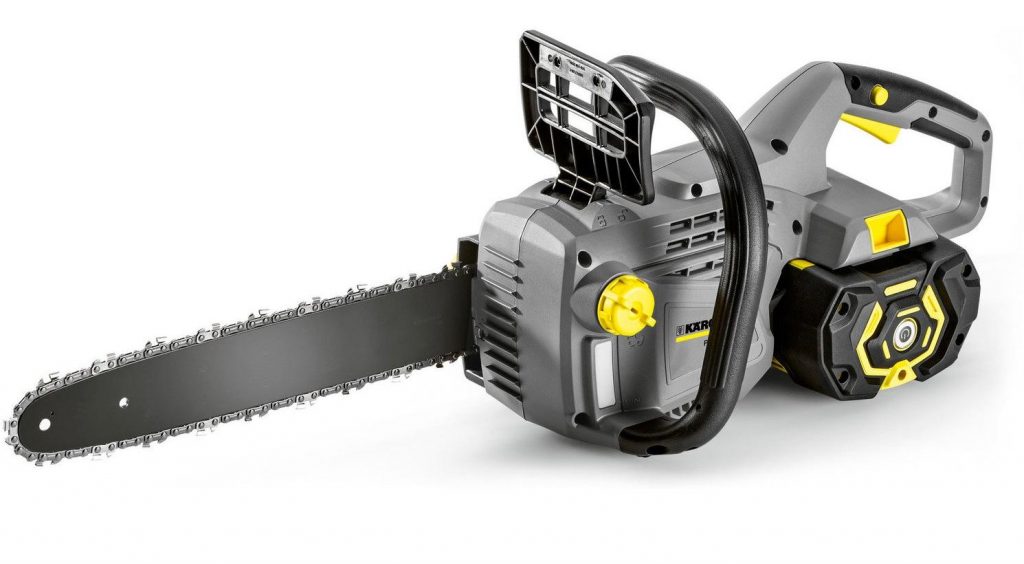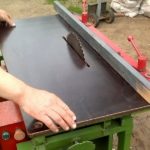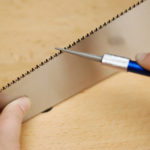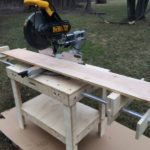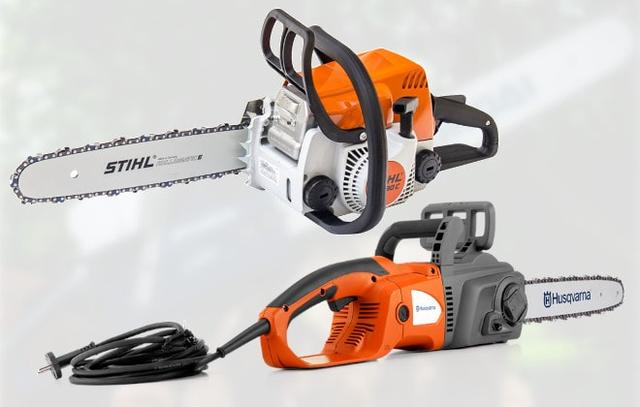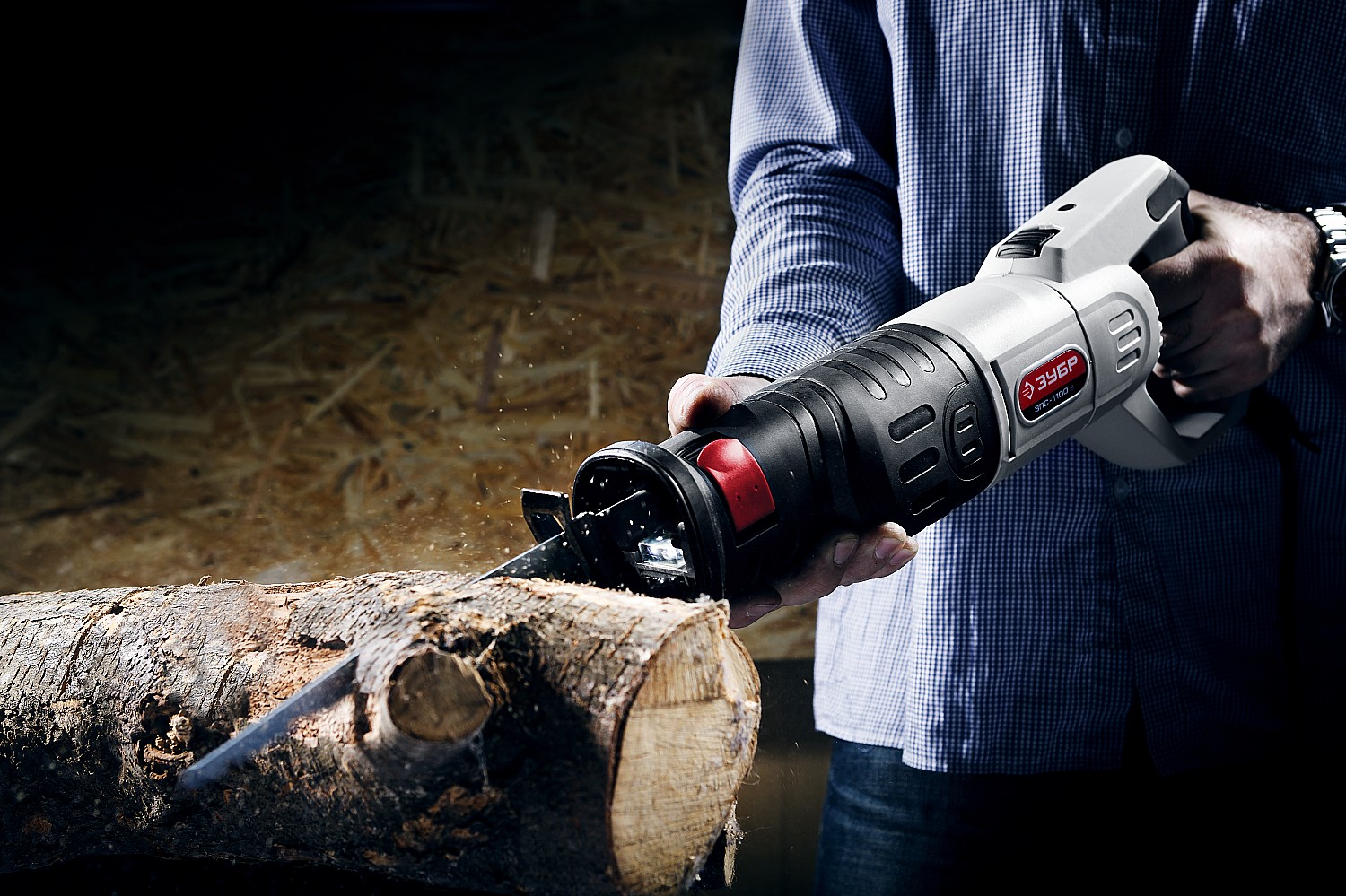Types of saws
Saws have been used for thousands of years. During this time, their design has changed greatly; numerous varieties have appeared that differ in functionality. Today, not only simple hand tools are on sale, but also complex, technologically advanced designs that can perform the tasks of several devices simultaneously.
The content of the article
Types of wood saws and their names
Most units are used to solve household needs in private homes, country houses and gardens. But there is a list of specialized tools that are used exclusively in the professions for which it is designed.
The shape of the saw and teeth (as well as their number) often determines the functionality of the device and the speed of operation.
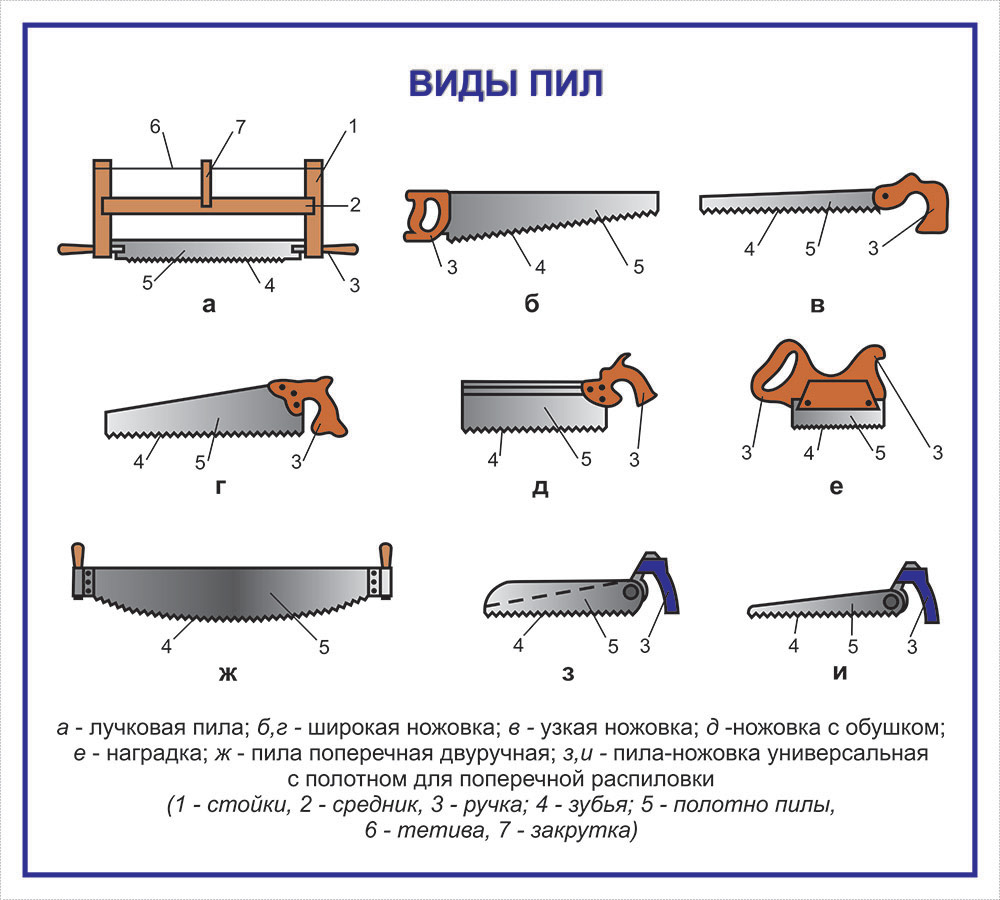
Hand tool
When you hear the word “saw,” the first thing that comes to mind is a classic model with a comfortable handle. We have all seen it in action and can imagine how it works. No set of tools is complete without it.
Some craftsmen prefer to buy several saws at once that best suit their individual needs.
We have compiled a list of common types of manual pressure:
- Obushkovaya. Sometimes it is called crosscut or reverse. It is a short saw with a narrow blade attached along the top edge. It is used when cutting at an angle, as well as in those places where it is necessary to constantly maintain a clear cut.
- Luchkovaya. Used more often outdoors.An elongated thin blade with many teeth arranged in such a way that particles of material are removed when cutting. Used for eliminating tree knots, as well as for rough cuts.
- Copying. Suitable for high-precision sawing in finishing work conditions. It features a thin and narrow blade with fine teeth.
- Transverse. It has a thick knife with beveled ridges designed for rough cutting of wood. Usually it is made with two handles for convenient pair work. But there are also single saws designed for garden trees or on a construction site.
- Jigsaw. It is a mini version of the copy model with a high frame. This makes it possible to make curly patterns far from the outer edges of the board.
- Hacksaw. Used for cutting pipes and hoses made of hard material. Depending on the thickness and width of the teeth, it can even deal with metal.
- Japanese saw. Used for high-precision work. Outwardly it looks like a large cleaver with a long handle. The blade is thin and sharp, allowing you to get to hard-to-reach places.
- Jab saw. A round handle, in the upper part of which there is a narrow and thin blade with fine teeth. Another name is alligator. Used for figured circles and patterns in the rough version.
- Edged. Pistol grip and sickle-shaped blade located at the top. Most often used by landscape designers and gardeners to quickly remove branches and twigs.
- Cut-off. A common hand tool that is in the arsenal of every owner of a private home and garden. The blade, wide at the base and tapering towards the edge, as well as double-edged teeth, allows you to quickly remove unnecessary pieces of wood.
- Plywood. A highly specialized tool, also called a facing tool. A short blade with fine teeth is used when working with already secured plywood.
- For wall panels. Another special device for drywall and other materials. Most often used to make rough holes for sockets and switches. The blade is narrow and short with few teeth per inch.
There are a lot of options and these are only hand saws without electric drive.
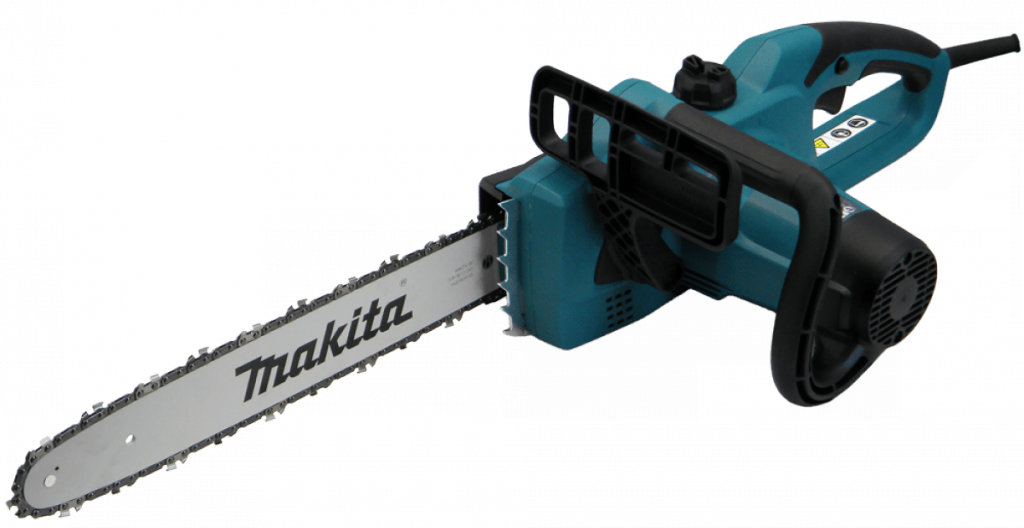
Electric models
This segment offers a smaller range, but the devices have enormous power. It is much easier to do a larger amount of work with an electric hacksaw than to try to cut everything with a manual unit.
- Tape. There are two main types: stationary and portable. It cuts materials in a straight or curved line in accordance with the specified parameters. It does it quickly, efficiently and without a lot of waste. Recently, bars and restaurants are increasingly adopting this unit for slicing meat on an industrial scale.
- Chain. A well-known model that is often used in logging and gardens. From the name it follows that the main element is the chain on which the sharp teeth are located. Rapid rotation powers the mechanism and cuts even large pieces of wood in a matter of seconds.
- Cut-off. Circular saw with the ability to move from place to place. It is used not only with wood, but is capable of making an even cut even on stone.
- Circular. Here the large disk has sharp, large teeth. This model is used in working with wood, stone, plastic, concrete, and metal.
- Combined. A saw with a blade suspended on a bracket that can be adjusted to different heights and angles.Widely used in the furniture industry and woodworking enterprises.
- Sexual. As the name suggests, it is a portable tool for adjusting floorboards. First of all, it is necessary for craftsmen who regularly install laminate, parquet and other materials.
- Jigsaw. A convenient, portable tool that can cut curves and straight lines with extreme precision and without a lot of waste.
- Trimming. Reminds me of a hand saw. Indispensable when working with various materials where precise measurements and angular cuts are required.
- Radial. A sharp disc on a large handle, located above the table. It makes cuts and cuts on wood for various purposes. At the same time, it accurately checks the angle of inclination and clarity of the lines.
- Saber. Similar to a jigsaw, but has a short blade that moves up and down. Designed for cutting pipes, wood and metal products. Indispensable when dismantling walls.
- Rotary. Universal model. In addition to cutting, it grinds, sharpens, engraves and performs other tasks.
- Spiral. Moves along complex patterns, cutting out curved lines. It is a necessary tool for people who are involved in creative crafts or furniture making.
- Tabletop. Widely used for making wood blanks or large quantities of cuts.
The level of development of electrical engineering today is high. Before purchasing, analyze your own requirements to best solve your immediate problems.
